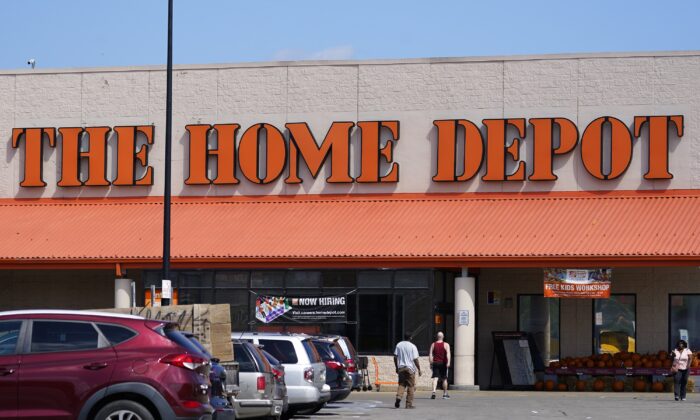American consumers are quickly losing their purchasing power, impacting retailers who rely on them. If anyone believes the U.S. economy is thriving, they should take note of the struggles faced by retailers. Consumers burdened with credit card debt and depleted savings from the pandemic are now limiting spending to essentials due to inflation and rising interest rates. This has led to a significant decrease in intent to purchase big-ticket items like homes and cars.
Major retailers like Home Depot, Lowe’s, Best Buy, Target, Dollar General, Walmart, and Costco are all experiencing declining sales and profit margins as consumers cut back on discretionary spending. Many second-tier retailers are facing bankruptcy, such as Conn’s and Big Lots. Business bankruptcies have increased by 40.3% over the past year, with American households following suit.
Even global brands like Starbucks and McDonald’s are feeling the effects of consumer downturn, with declining sales and revenue. Despite these challenges, there is hope as the GDP for the second quarter showed improvement. Regions in the South and Mountain West are experiencing faster economic growth and job opportunities, providing some optimism for the overall economy.
As households and businesses reassess their priorities, inefficient firms will need to adapt or face failure. The evolving economic landscape is forcing everyone to make tough decisions about how to allocate limited resources.
While there may be additional challenges in the near future, history has shown that the American economy is able to bounce back. With the abundance of natural resources, skilled human capital, and advanced technology, there is a strong foundation for growth to resume.
Disclaimer: The opinions expressed in this article are solely those of the author and do not necessarily represent the views of The Epoch Times.






